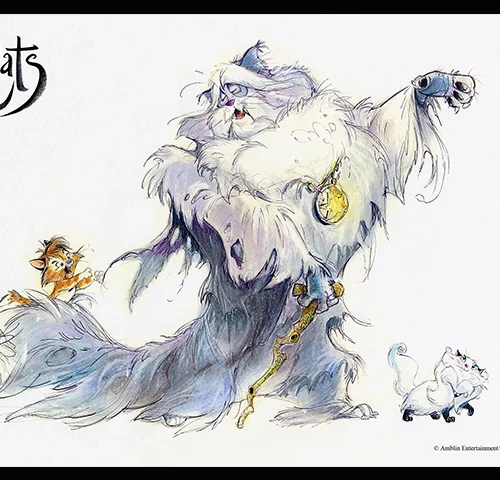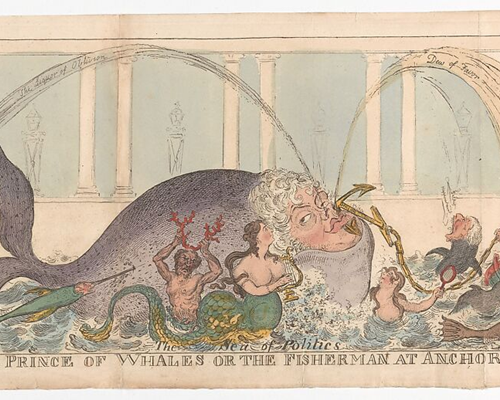text by Lucyna Krawczyk-Żywko
Ten years ago, I ran my Victorian Villains Revisited class for the first time. It focuses on contemporary revisions of three figures: ‘Jack the Ripper’, Mr Hyde, and Professor Moriarty. It has been popular with students (who doesn’t like a good villain?), and yet, this year, while prepping the ‘Jack the Ripper’ class for the 7th time, I thought it might be the last time I am doing it.
Something similar happened while I was working on the presentation for the (Serial) Killing: Changing Narratives conference. This year’s theme were detectives, and my proposal was titled ‘Detecting Jack the Ripper, Or Stepping in and out of Sherlock Holmes’s Shadow’. Having published my Versus Narratives project, I decided to present the gist of one of its chapters. Working on the talk itself I thought I might be my last presentation on ‘Jack the Ripper’.
Apparently, I have had enough of a myth that had been perpetuated for over a century, a figure shaped by fear and prejudice, a character co-created by people capitalising on crime. Enough of analysing and discussing texts that further sensationalise the case, superficially unravel the mystery, and sustain the image of the killer as an elusive, often disturbed, mastermind.
When the class came, I started with my standard assignment: divide the page or screen into two, title one part ‘facts’ and the other ‘fables’, and list what you know about the Whitechapel murders accordingly. The amount of fables listed as facts was invariably surprising and comparable with the outcomes of the previous runs of the assignment.
When the conference came, I chaired one panel on detecting ‘Jack the Ripper’ and presented in the other. Both highlighted the obsession of fictional – including supernatural – detectives with the uncaught killer and the unceasing fascination of creators and consumers of fictional accounts of the unsolved case.
Not studying the myth perpetuated for almost 150 years, ignoring the figure representing social hysterias, overlooking a character overshadowing his victims has consequences. A few years ago, Drew Gray blamed lack of academic engagement with ‘Jack the Ripper’ for the popular view on the 1888 murders and the Whitechapel killer. He called for historians of crime to address that and noted that ‘the Ripper needs to undergo a cultural transformation’.
Many authors of the Ripper fictions in various media might be attached to the myth and unwilling to alter their approach, but the cultural transformation is happening: undergraduates, though exposed to the pop cultural image of the killer, start rejecting stereotypical depictions of victims; academics unpack the complex meanings of representations of crime and keep reframing the discourse on serial killer fictions. The cultural (in)significance of ‘Jack the Ripper’ depends on our critical engagement with the character, the figure, and his myth. These are not my last words on the Ripper fictions.
Gray, Drew. “Exorcising a Demon?: Why History Needs to Engage with the Whitechapel Murders and Dispel the Myth of ‘Jack the Ripper’”. Humanities 2018, 7, 52. https://doi.org/10.3390/h7020052
Krawczyk-Żywko Lucyna. “Detecting Jack the Ripper, Or Stepping in and out of Sherlock Holmes’s Shadow”. Detecting (Serial) Killing: Changing Narratives conference, 15 November 2024. https://changingnarratives.weebly.com/


